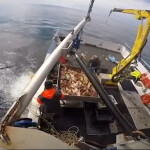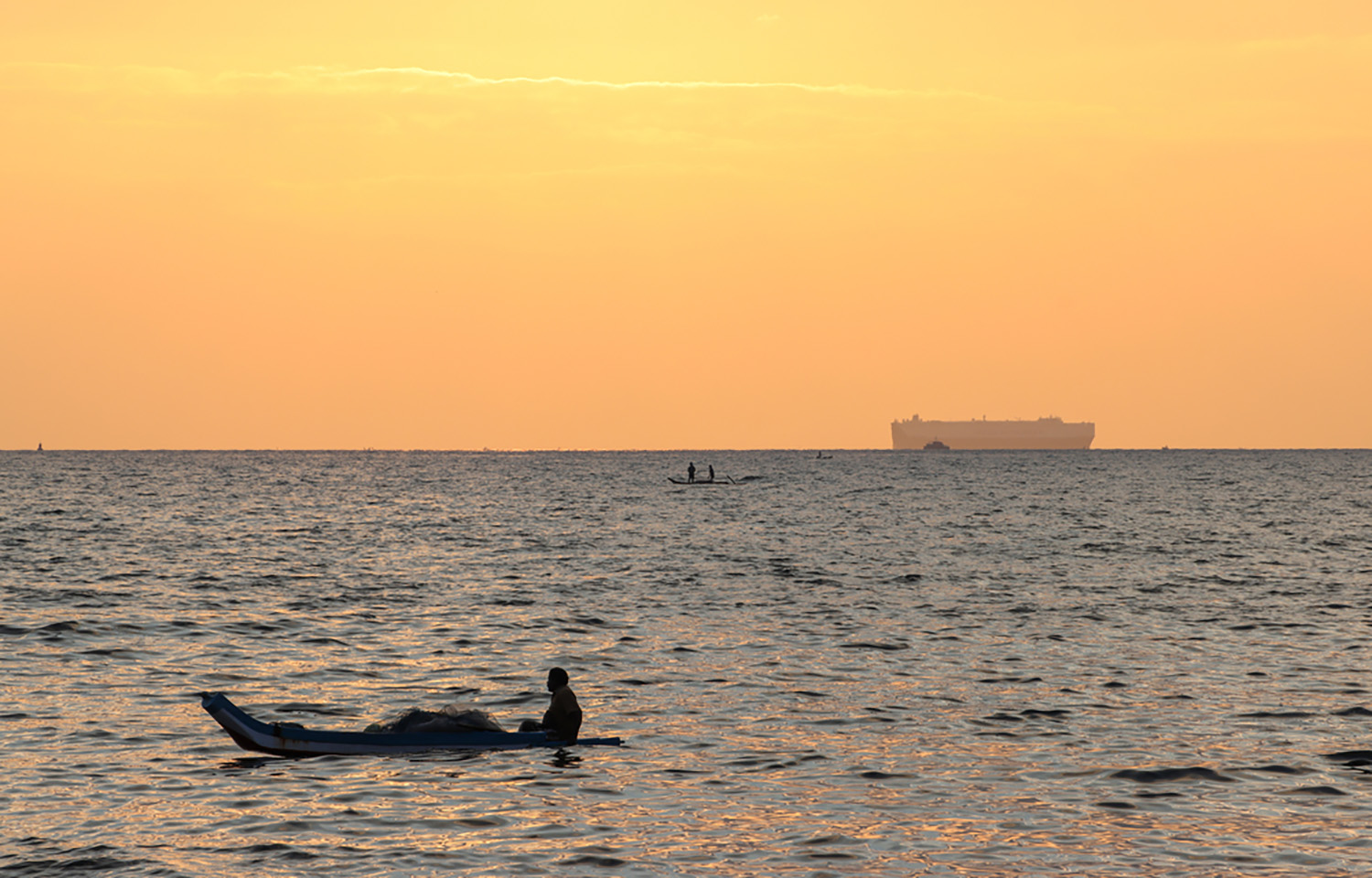By 2050, marine heat waves are likely to last between 220 and 250 days per year in the Indian Ocean, a new study has warned.
The study, titled “Future Projections for the Tropical Indian Ocean” and released in April of this year, emphasized the impacts of a near-permanent marine heat wave that are placing highly populated areas in such countries as India directly in danger.
“Fishing communities are already living on the edge. Various development projects on the coast are encroaching on fishing villages and worksites of fishers. They are also polluting the sea, and global warming and marine heat waves are worsening their plight,” Andhra Pradesh Democratic Traditional Fish Workers Forum Secretary General D. Paul told Mongabay.
Marine heat waves are periods during which ocean temperatures rise abnormally higher than usual for a particular season or region. These abnormally high temperatures must last at least five days to be considered a heat wave.
Issues that are likely to arise from near-permanent heat waves include intensified cyclones, reductions in primary production, and, therefore, loss of income for fisheries and coastal communities.
According to another recent study, 90 percent of cyclones in the Bay of Bengal and Arabian Sea were preceded by marine heat waves between 1980 and 2020.
“Marine heat waves are intensifying cyclones which go through a stage of rapid intensification wherein a cyclone goes from Category 1 cyclone to Category 3 or Category 5 cyclone in a short duration of time,” Indian Institute of Tropical Meteorology Climate Scientist Roxy Mathew Koll, who is a lead author of the Future Projections study, said.
Fishing is already banned during India’s monsoon season to protect fishers from cyclones and heavy precipitation, but with a near-permanent heat wave having the potential to prolong monsoon season and intensify cyclones further, some are worried that it could make fishing impracticable altogether.
“On paper, a fishing family is eligible for compensation of INR 10,000 [USD 120, EUR 110] for two months during the fishing ban. But, many do not receive it. During cyclones, fishers again cannot go to sea, and cyclones are on the rise. How will the fishing communities cope?” Paul said.
Marine heatwaves are also putting the future viability of fishing in the Indian Ocean into question, as they cause migratory shifts in marine species and worsen harmful algal blooms. Warming ocean surface water hinders nutrient circulation from the cold, deep waters to the surface, leading to a reduced population of phytoplankton that limits a key food source for many marine species.
Additionally, marine heatwaves trigger mass mortality events of non-mobile species such as coral. When temperatures rise, coral expel algae living in their tissues to reduce irritants, causing the coral to become white, a process known as bleaching. Prolonged bleaching, such as during marine heatwaves, leads to coral starvation, as they depend on algae for food production.
Coastal residents and marine species are not the only ones at risk from intensified heat waves; Indian Ocean warming has been linked to both more frequent droughts and heavy flooding across South Asia. It has also contributed to frequent droughts and locust outbreaks in East Africa, threatening food security in regions beyond India.
“We need to improve our early warning systems and bring in many societal developments. Even if there is a warming, people don’t move out because they are afraid of losing their lifelong earnings,” former Indian Secretary of the Ministry of Earth Sciences M. Rajeevan, who is also a top climate scientist in the country, told Mongabay. “A disaster management system, even though well-advanced with the latest technology, will not serve the purpose if we do not take care of human or societal dimensions.”
The study also urged investment in advanced ocean observation technology to keep up with rapid changes to the environment, which would help address current projection limitations.








